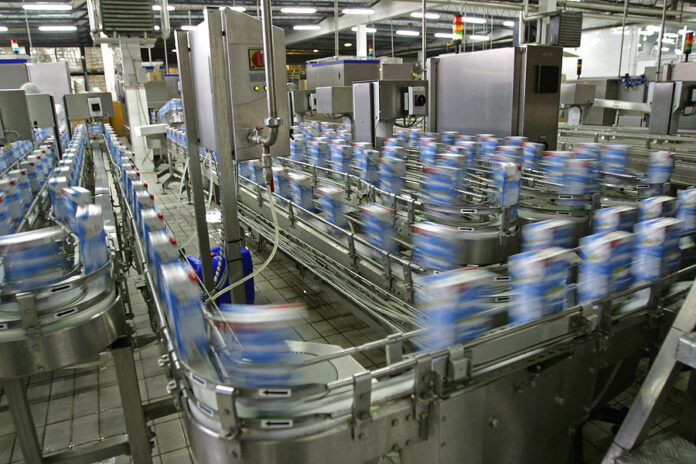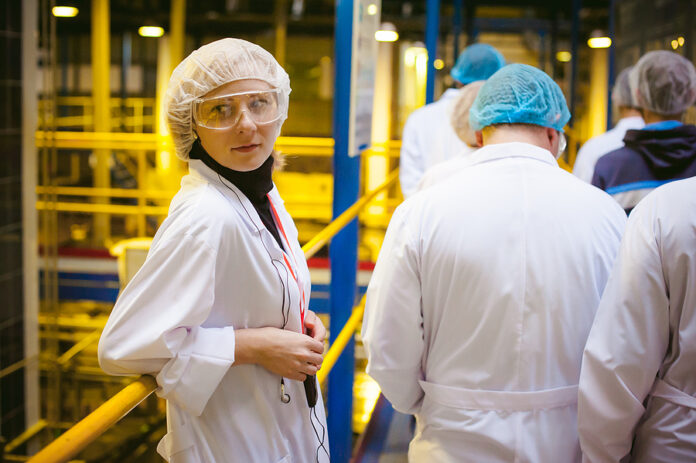
By Natalie Rainer, J.D., M.P.H., Healthcare and FDA Partner at K&L Gates, and Pete Coneski, Phd., Senior Scientific Advisor at K&L Gates
Key takeaways:
- FDA is pushing food companies to eliminate synthetic dyes like Red 40 and Blue 1 by end of 2026, but switching to natural alternatives presents significant technical challenges including color instability, flavor impacts, and potential shorter shelf life.
- Natural colors require different manufacturing approaches and safety considerations. Companies may need new packaging, modified recipes, and updated food safety plans to address agricultural-source contaminants like pesticides and heavy metals.
- The transition timeline is tight and coincides with other regulatory pressures like state packaging laws, creating both challenges and opportunities for companies to comprehensively revamp products while FDA accelerates approval of new natural color additives.
The US Food and Drug Administration (FDA) announced in April 2025 that it is encouraging the food industry to phase out “petroleum-based synthetic dyes” from the nation’s food supply by the end of 2026. The initiative, which affects widely used color additives like Red 40, Blue 1, Yellow 5, and other synthetic colors cleared under 21 C.F.R. pt. 74 (Part 74), is part of a broader movement interested in “clean label” foods and will result in many companies turning to natural alternatives. This article describes the labyrinth of scientific, regulatory, and economic issues and opportunities that this initiative presents for food manufacturers.
Technical considerations
While it may seem intuitive that a company could easily switch from a synthetic to natural color (e.g., replacing Red 40 with beet red or tomato lycopene), the reality is unfortunately more complicated and challenging than one might expect. So-called synthetic dyes have long been favored by food technologists for their vibrant hues, stability under a wide range of processing conditions, and cost effectiveness. Natural colors, by contrast, are notoriously finicky. Their pigments are sensitive to factors such as pH, temperature, light, and oxidation. In addition, natural colors (e.g., red cabbage juice color) often come with flavor profiles that can be difficult to mask. The sensitivity of natural colors can cause the original bright red of beet-derived colors to fade to brown in alkaline conditions and upon heating or cause the blue from spirulina extract to fade in an acidic food matrix.
Natural colors’ instability is not just a matter of aesthetics. An unstable color can shorten a product’s shelf life, lead to consumer complaints, and increase product losses. Companies may need to add antioxidants, adjust recipes, change manufacturing processes, or change packaging to protect natural colors from degradation and to maintain the appearance that consumers expect. For instance, a snack brand that once relied on Red 40 for its eye-catching appearance might discover that its new, beet-colored alternative requires opaque packaging to shield it from light or refrigeration to slow oxidation. Taking the different moving parts into consideration, companies may see an opportunity to introduce “new and improved” versions of legacy products that employ new packaging technologies to revamp brands while ideally continuing to deliver aesthetically appealing products.
Opportunities for new colors from natural sources
Natural colors are cleared under 21 C.F.R. pt. 73 (Part 73) of FDA’s food additive regulations, and synthetic colors are cleared under Part 74. Many food manufacturers favored synthetic colors not only for their stability but also for their capacity — in combination — to produce a fairly comprehensive rainbow of colors. In comparison, natural colors are more limited in terms of ability to produce all colors of interest and are not necessarily broadly cleared for use in all foods. As an example, currently sodium copper chlorophyllin is the only green color permitted in Part 73, and it is cleared at up to 0.2% in citrus-based dry beverage mixes only.
There is an opportunity for businesses to explore amending current clearances to broaden cleared uses. This approach has been used many times to expand the original use of spirulina extract (a bright blue color) from confectionery and chewing gum to a much broader array of foods. Unlike food additives, color additives are subject to a strict “positive list” requirement that clears the use through a regulation. (The “generally recognized as safe” exemption from premarket clearance does not exist for color additives.)
The April 2025 FDA call to action indicates that the agency will work to accelerate review and approval of natural color petitions. FDA followed through on this promise by approving on May, 9 2025, two new color additives: galdieria extract blue (primarily cleared in beverages and dairy/dairy-replacement products) and calcium phosphate (a white product approved for chicken and certain confectionery applications). FDA also expanded the clearance for butterfly pea flower extract to snack applications.
If companies have been waiting for the right time to seek FDA clearance for a new natural color additive, now appears to be an ideal time. Of course, this will only be a viable option if there is a comprehensive data set (from a chemistry/composition, dietary exposure, and toxicology standpoint) to support the color additive petition. If a company wishes to broadly clear a new color additive that will result in more than 50 µg/kg bw/day of exposure in the diet — the typical suite of toxicology studies needed to support safety could include genetic toxicity tests, reproductive and developmental toxicity studies, and subchronic and chronic-toxicity studies in rodents.
In switching from synthetic to natural colors, it will also be important for companies to address other-related regulatory obligations. For example, under the FDA’s Hazard Analysis and Risk-Based Preventive Controls (HARPC) rules, manufacturers must identify and control for any new hazards introduced by reformulation. Natural colorants, typically derived from agricultural sources, have a different hazard profile than artificial colors (which have been subject to their own, strict batch certification requirements for decades). Whereas microbial contaminants, mycotoxins, pesticide residues, and heavy metals may not be considered hazards for the artificial colors being targeted by FDA, they are potential hazards associated with ingredients coming from agricultural sources and would need to be addressed under the company’s HARPC food-safety plan.
Labeling and other changes
If a food company were to move from synthetic to natural color additives on its own schedule, it would carefully time the transition to ensure the minimum disruption and waste of ingredients, labeling, and packaging inventories. However, the Department of Health & Human Services (HHS) initiative and consumer demand is putting pressure on companies to quickly move away from synthetic colors. From a management of change perspective, the end of 2026 is actually quite soon.
The HHS initiative to phase out synthetic colors coincides with other legal and regulatory changes, such as state Extended Producer Responsibility (EPR) laws. Some of these EPR laws will require food companies to invest in more sustainable packaging, reduce plastic use, and fund recycling programs. There are also a number of states that are passing food and color additive bans or warning requirements; thus, there is the opportunity for companies to kill many birds with one product-revamping stone that addresses not only product reformulation to eliminate synthetic colors, but also addresses packaging changes needed to respond to other legal and regulatory changes.
As food companies race to adapt to FDA’s initiative, tradeoffs will be inevitable, and consumers will ultimately decide which companies successfully navigated the transition.
 Natalie Rainer, J.D., M.P.H. is a Partner and a Member of K&L Gates LLP’s Health Care and FDA practice. She focuses her practice primarily in the food and beverage industry. Natalie practices food and drug law, advising clients on regulatory requirements for foods, dietary supplements, cosmetics, and food and drug packaging in jurisdictions around the world, including North America, Latin America, Europe, Asia, and the Middle East.
Natalie Rainer, J.D., M.P.H. is a Partner and a Member of K&L Gates LLP’s Health Care and FDA practice. She focuses her practice primarily in the food and beverage industry. Natalie practices food and drug law, advising clients on regulatory requirements for foods, dietary supplements, cosmetics, and food and drug packaging in jurisdictions around the world, including North America, Latin America, Europe, Asia, and the Middle East.
 Peter Coneski (L), Ph.D., is a senior scientific adviser in K&L Gates’ Washington, D.C., office and a member of the firm’s health care and FDA practice. He provides technical assistance in evaluating the regulatory compliance of food additives and food-contact materials in the U.S. and abroad.
Peter Coneski (L), Ph.D., is a senior scientific adviser in K&L Gates’ Washington, D.C., office and a member of the firm’s health care and FDA practice. He provides technical assistance in evaluating the regulatory compliance of food additives and food-contact materials in the U.S. and abroad.

Credit: Source link














